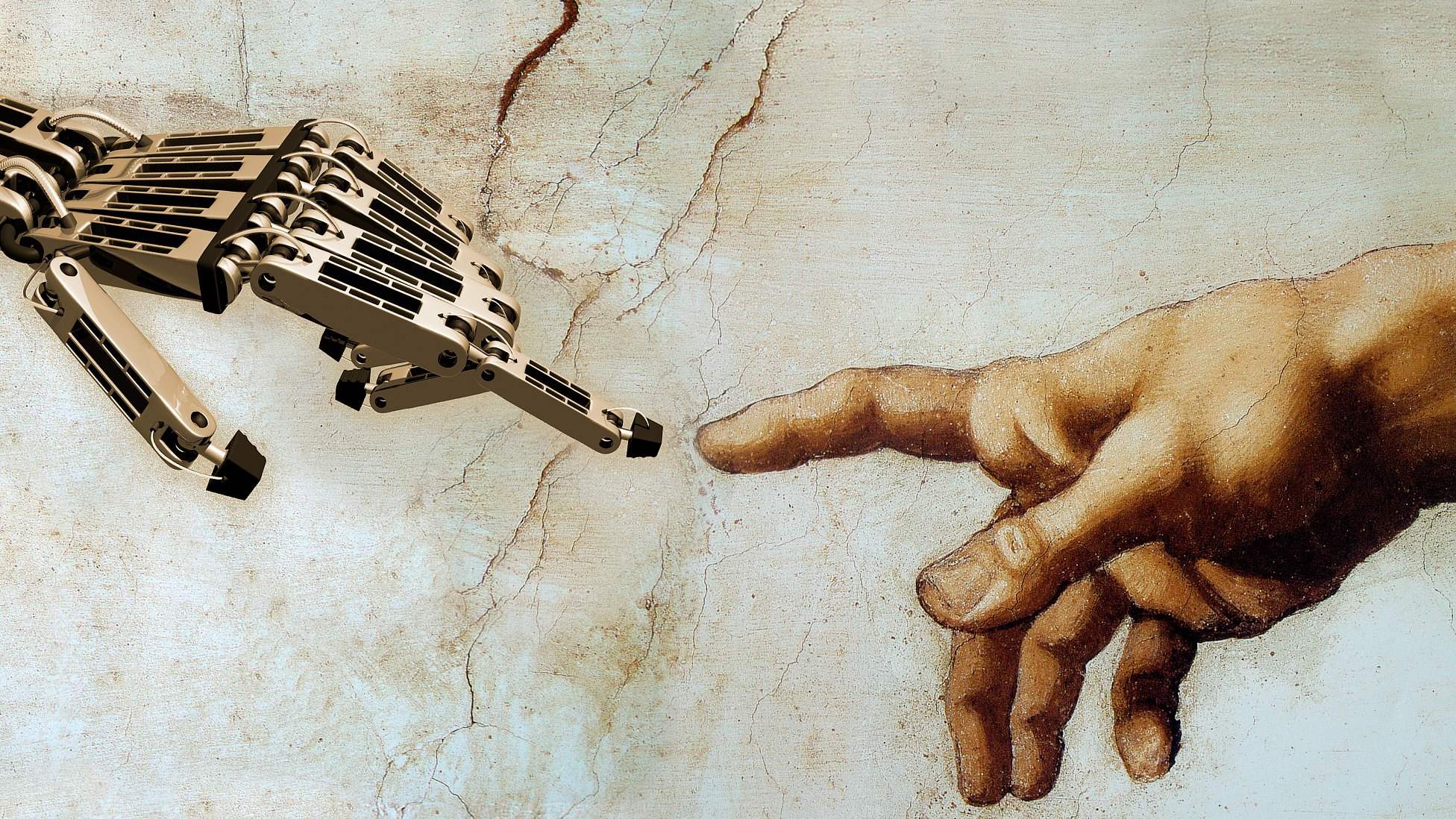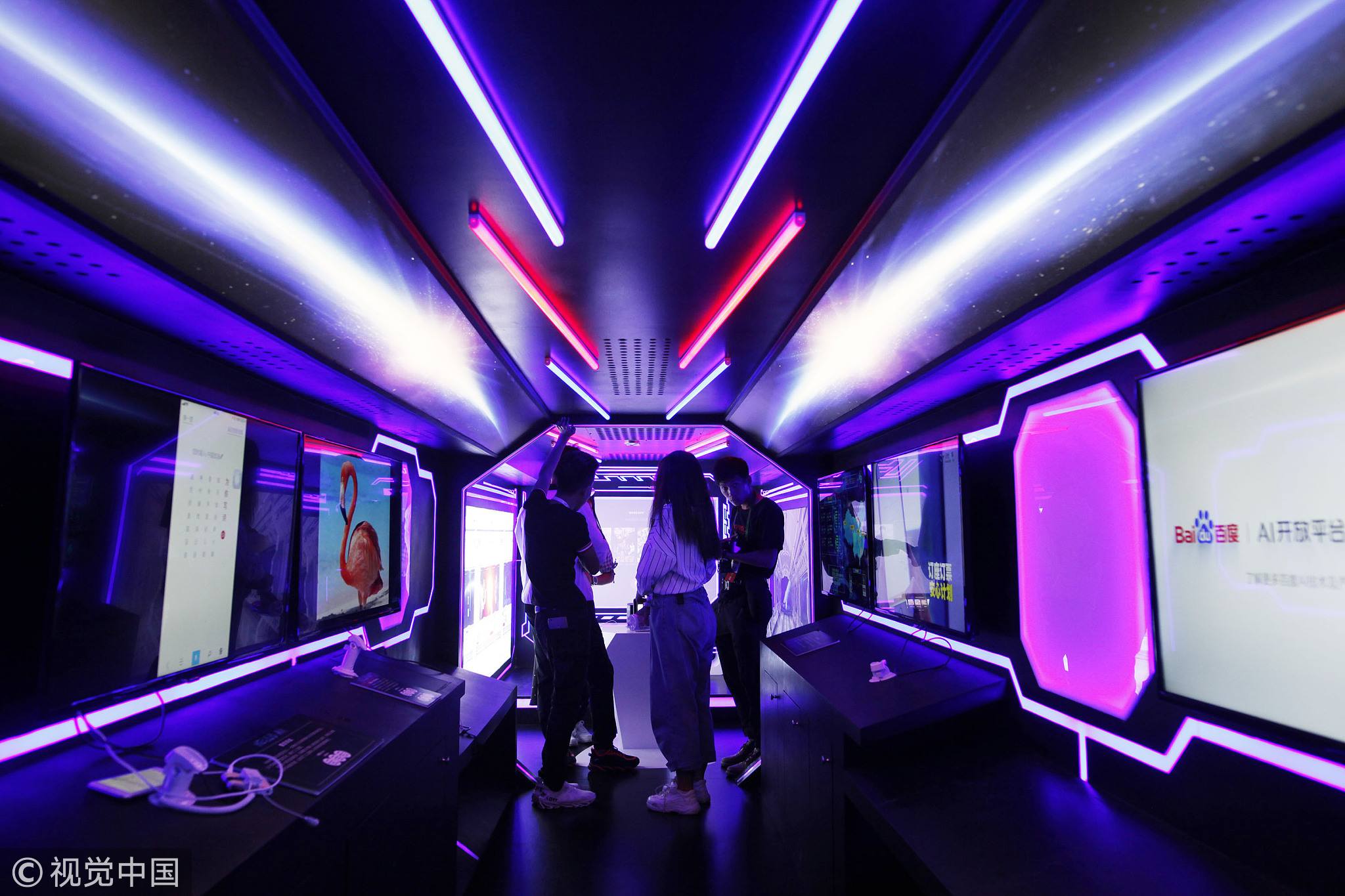
Opinions
13:54, 28-Oct-2018
Opinion: Thriving AI in life science and its challenges
Updated
13:34, 31-Oct-2018
Zhang Zijian

Editor's Note: Zhang Zijian is an associate professor and dean assistant for the School of Computer Science and Technology at Beijing Institute of Technology. The article reflects the author's opinion, and not necessarily the views of CGTN.
Artificial Intelligence has been making considerable headway in life science. For instance, IBM's Watson is currently used in about 16 cancer institutes worldwide to diagnose patients and decide on a treatment thanks to advanced cognitive and evidence-based learning algorithms.
A self-learning method has also been developed to design new drug molecules from scratch with the help of deep learning algorithms. One research group has successfully mapped the gene expression of all the brain cells of fruit flies in different ages based on machine learning algorithms several months ago.
Needless to say that all of these incredible achievements are only the tip of the iceberg.
Two threats of AI in life science
The development of artificial intelligence in the field of life science comes with two kinds of serious threats.
One is human related. A person may instruct Watson to make the wrong decision, and even assassinate his enemies through malicious software uploaded to the server.
The other threat is innate, born from the artificial intelligence technology itself. As long as the artificial intelligence is strong enough, it is possible to deliberately design a bad drug that is harmful to human health.
Both threats are terrible because either can trigger catastrophic consequences.
Since the aforementioned threats are involved in multiple disciplines like life science, and computer science and engineering, it is very complicated to explore a valid countermeasure. So far, international cooperation on artificial intelligence is the most common way to tackle such concerns.

An AI exhibition in Foshan, Guangdong Province /VCG Photo
An AI exhibition in Foshan, Guangdong Province /VCG Photo
First, international cooperation can merge different ways of thinking. After all, Westerners are relatively good at innovative thinking, while Eastern people are relatively good at imitative thinking.
Second, international cooperation can increase the robustness of the countermeasures, because the implementation of any proposed solution will not be limited to one country or region but the whole world.
Challenges for international cooperation
However, it is not easy to establish an international cooperation mechanism, because the entire core architecture of artificial intelligence varies according to countries. This impedes communication among researchers and programmers, as they may be accustomed to applying different algorithms even if they are facing the same problem.
Hence, international education is conducive to solving this problem.
Fortunately, it can be alleviated by unified artificial intelligence training platforms designed in different countries.
For example, Youth Stem Academy, an educational company in Canada, has cooperated with a Chinese educational company called Qing Chuang Ying to develop an artificial intelligence learning platform for students in primary and middle schools in both countries.
In summary, international cooperation on artificial intelligence is indispensable for humankind. The more confident you are, the fewer threats you have to confront.
(If you want to contribute and have specific expertise, please contact us at opinions@cgtn.com.)

SITEMAP
Copyright © 2018 CGTN. Beijing ICP prepared NO.16065310-3
Copyright © 2018 CGTN. Beijing ICP prepared NO.16065310-3